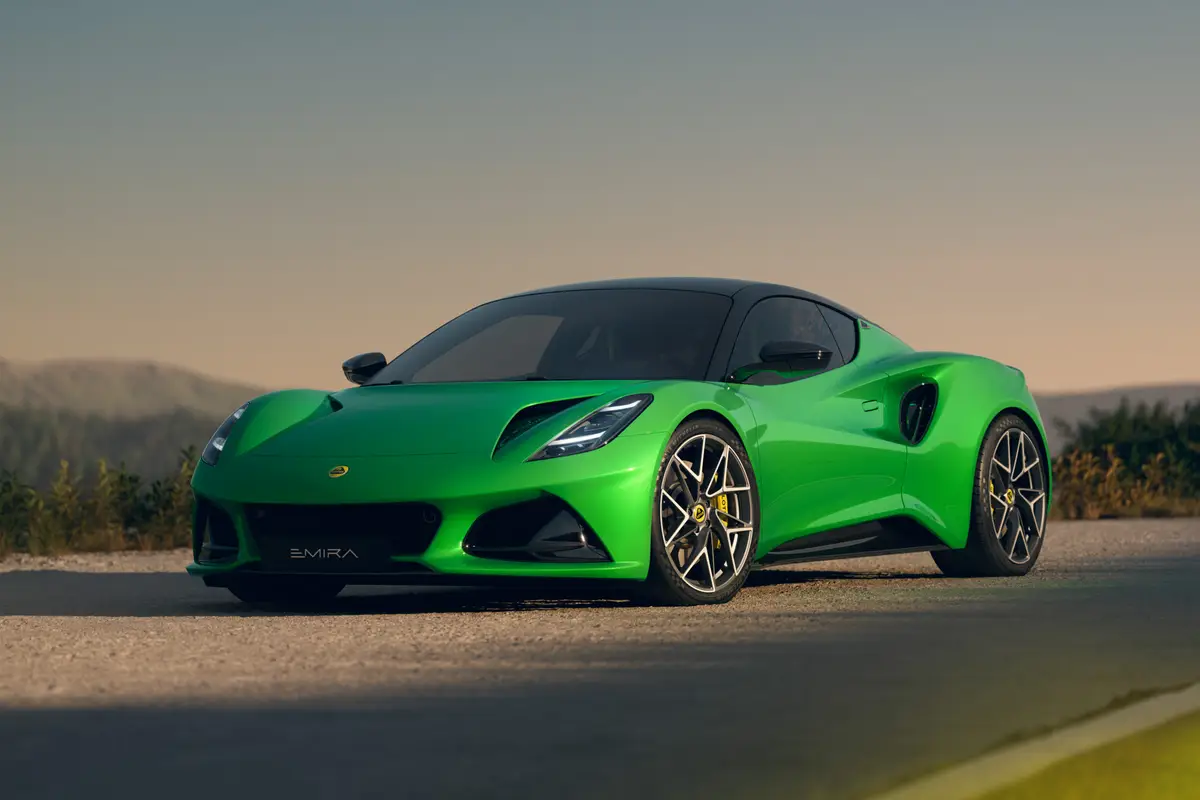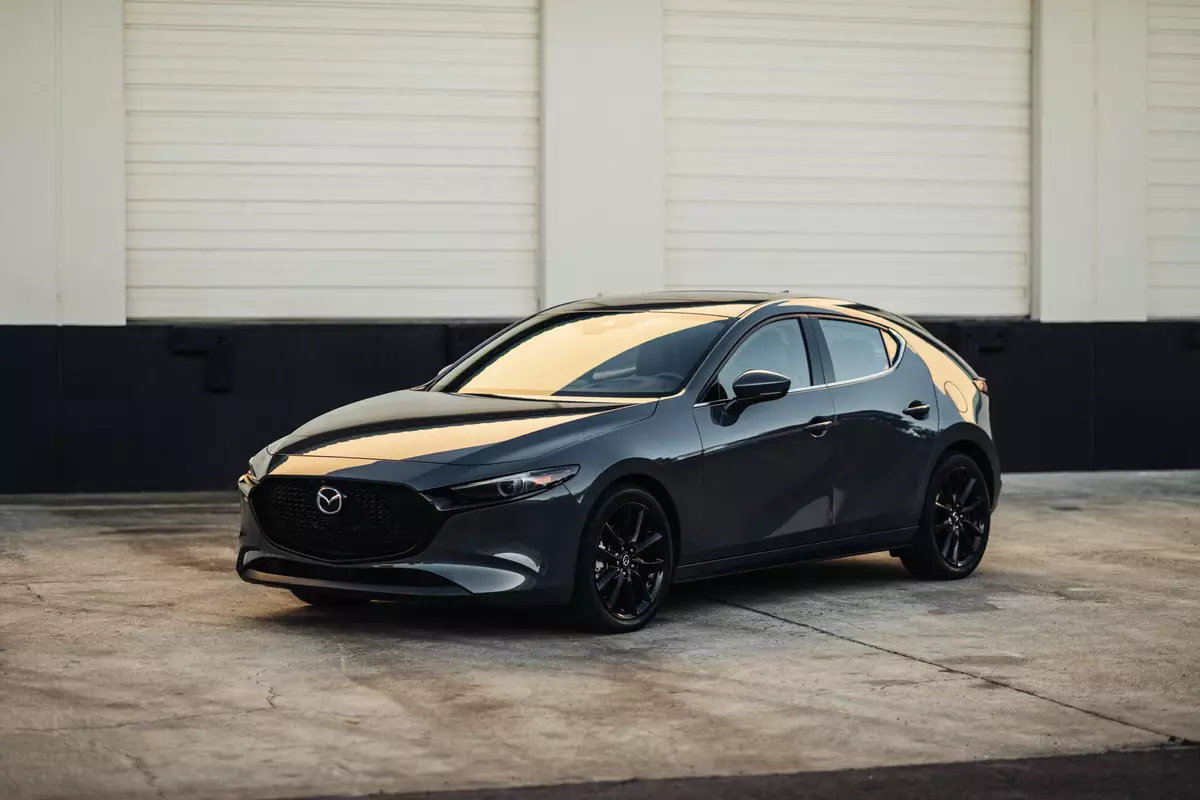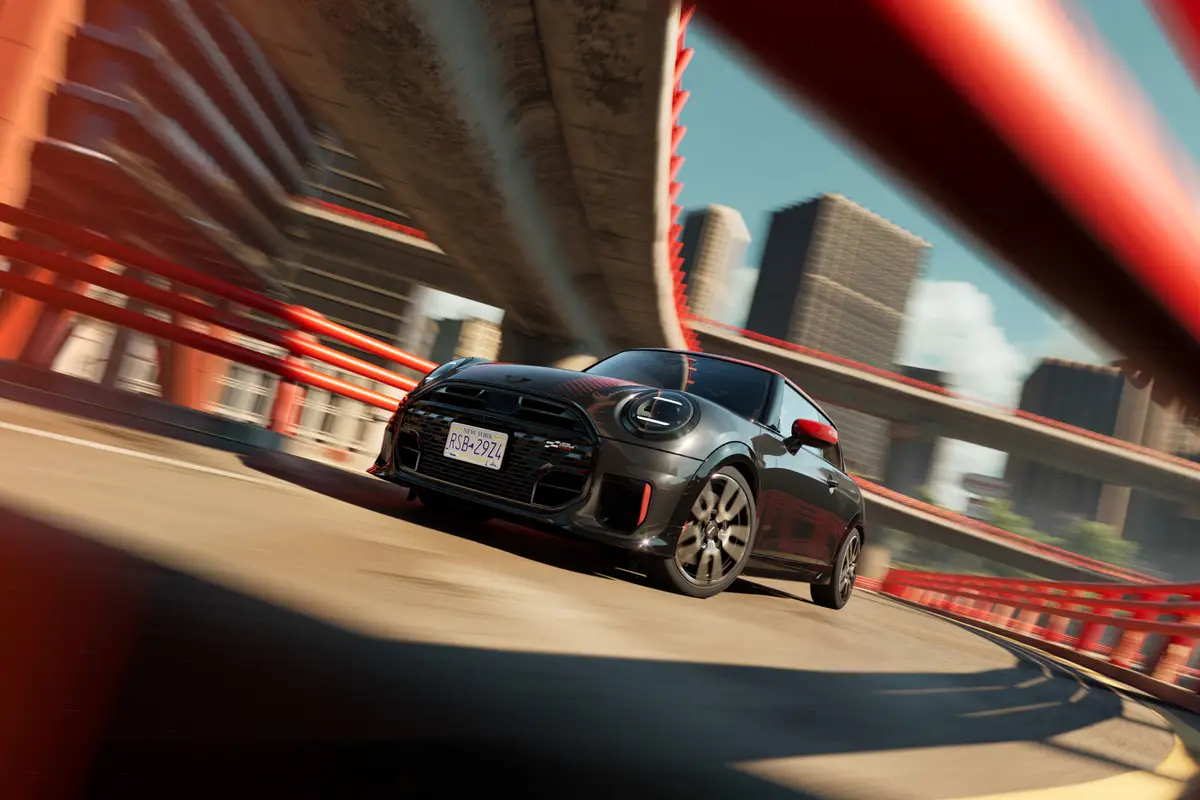chicagotribune.com's view
The formula for success is simple in the auto industry: Give ’em what they want, not what you want to give ’em.
General Motors has learned this the hard way. For too many years, the No. 1 automaker force-fed its customers then wondered why so many went off their GM diet.
Nissan paid attention, and for the 1996 model year, it restyled the Pathfinder sport-utility vehicle–for the first time since the vehicle appeared in the 1987 model year–to address the complaints of past owners, and turned irritants into compliments.
There are no dramatic changes in sheet metal–it looks a lot like the old model, other than being slightly more rounded–because Nissan read the notes in the suggestion box, and the top complaint was that Pathfinder was narrow and cramped, obviously having been designed for Japan’s smaller drivers and narrower roads .
Pathfinder is offered in two- and four-wheel-drive versions in XE, LE and SE trim. We tested the SE 4WD, and the ’96 model that bows next month in showrooms is built on a 2-inch-longer wheelbase (106.3 inches), and is 7 inches longer overall (178.3 inches). More important, it is 2.2 inches wider (72.4 inches) than its predecessor.
In the auto industry, a couple of inches means a lot, in this case a cabin with 20 percent more room than in 1995. You’ll notice the extra hip and arm room in the new model. Two adults can sit up front without rubbing shoulders.
The increased dimensions have another benefit. The previous model played rear-seat passengers for fools. You had to climb over a protruding wheelwell to enter/exit the back seat. It meant climbing over a snow-caked or water-soaked body panel. You’d swear the entryway was designed by a dry cleaner. For 1996 the rear-door opening is two inches ahead of the wheel well–still not perfect, but a lot less cumbersome than it was.
There’s one other dimension worth noting. Pathfinder went from body on frame to unibody construction. The automaker boasts that this means a more rigid body with less audible flex, which, to the uninitiated means less road noise. The result was that the vehicle sits one inch closer to the ground. That’s one inch less jump-up space to get in the cabin. In the past, those with short legs had to get a running start to leap in. Those in skirts, well, let’s just say getting in or out wasn’t very graceful. This is an important change for the better.
Owners also complained about Pathfinder performance, letting out a howl that the 3-liter, 153-horsepower, V-6 wasn’t the most energetic engine on the road.
For 1996 Pathfinder is powered by a 3.3-liter, 168-h.p., V-6, which Nissan boasts a rather flat torque curve, meaning you don’t get one quick burst off the line and then sit back while the V-6 gasps for breath before regaining its muscle. You get steady acceleration; enough power to pull out to pass or climb the incline.
What you don’t get, however, is a lot of mileage. Fuel economy, Nissan says, is about 1.5 m.p.g. better with the 3.3 than with the 3-liter, but with a mileage rating of only 15 miles per gallon in the city and 19 on the highway, fuel economy best not be high on your priorities when checking out a Pathfinder.
Granted, this vehicle featured 4-speed automatic and four-wheel-drive that have a thirst for fuel, but in this age of technological innovation it seems alarming that a vehicle can’t get more than 20 m.p.g. on the highway. You’ll care less when there’s a foot of snow on the road, but because we’ve never encountered a foot of snow here between May and September, there will be ample time to question why you spend so much time at the pump.
To make those pit stops more pleasant, there’s a fuel-filler-door release lever alongside the driver’s seat. You’ll appreciate this feature–often.
As for four-wheel-drive, you can shift on the fly up to 50 milesp er hour. The hubs lock automatically. No more putting the lever in 4WD and then having to back up a few feet so the hubs lock. But there’s no push-button activation. Nissan insists that its owners like to rough it and look forward to having to grab the transfer case lever to engage 4WD. A more logical reason is that push button costs too much, and Nissan took the cheaper way out.
Another complaint with past models was that ride and handling were nothing to write home about, unless home was the complaint department. One of the problems was that Nissan offered monster 31×10.5 R/15 tires, which looked very macho and were able to grip any off-road surface, but wandered and swayed on the paved road and allowed for excessive body lean in corners and turns on the highway, which is where 95 percent of Pathfinder owners drive their vehicles 98 percent of the time. The oversized tires are gone for 1996. In their place there’s a p265 70R/15 better suited for pavement.
Road control is noticeably improved. You can maneuver without having to keep an eye on the speedometer to be ready to back off the pedal each time you felt the suspension was about to exceed its capabilities.
Nissan improved handling by tweaking the steering system for better center line feel so the vehicle seems to respond when and where you want it to rather than where and when it felt like it. There’s also less harshness or kick fed back into the wheel. This means a feeling of greater driver control and more confidence behind the wheel rather than being at the vehicle’s mercy.
Further adding to confidence is the fact that dual air bags and anti-lock brakes are standard.
Other items worth noting are a power plug behind the center console for accessories; lots of storage room in the center console bins; rear glass and hatchlid that open separately; oversized sideview mirrors so you can better see vehicles approaching from the rear or alongside; and a spare tire placed under the vehicle rather than inside, where it would rob cargo room. Nissan said New Yorkers, however, want the spare on the rear hatchlid to protect their vehicle when forced to parallel park. So an outside spare is optional.
One of the few drawbacks, other than fuel economy, is that though Nissan focused on bigger dimensions to improve interior room, it uses a seat that’s a tad stiff for long-distance travel. You gain room, but not total comfort.
Pathfinder won’t be priced until Dec. 6. The SE 4WD version we tested started at $27,549 for ’95. Don’t expect the ’96 to run less.
Standard features include power brakes and steering, power windowsand door locks, power and heated outside mirrors, front and rear stabilizer bars and adjustable shocks, roof rack, retractable cargo cover, tubular steel step rail, aluminum alloy wheels, fender flares with mud flaps, cruise control, remote keyless entry, dual front and rear cupholders, tilt steering col umn, split rear bench seats that fold for added cargo capacity (you must remove the headrests for the seat backs to lay flat), compact disc player, rear liftgate washer/wiper/defroster, rear seat heater ducts, tinted glass, and power antenna.
Air conditioning, automatic transmission, outside spare tire carrier, tilt and slide glass sunroof, leather/heated seats and compass/outside temperature gauge are options.
The Toyota 4Runner is Pathfinder’s chief rival. Toyota will bring out its redesigned 4Runner after the first of the year, so Pathfinder has a few weeks lead time on its competitor.
1996Nissan Pathfinder SE 4WD Wheelbase: 106.3 inches Wheelbase: 106.3 inches Length: 178.3 inches Engine: 3.3-liter, 168-h.p., V-6 Transmission: 4-speed automatic EPA mileage: 15 m.p.g. city/19 m.p.g. highway. Base price: Not availab le. ($27,549 for 1995) Price as tested: Not available. Pluses: Dual air bags and ABS standard. Redesigned for first time since introduced in 1987 model year. Wider for more room, longer wheelbase for improved ride, smaller tires for better handling. Improved road feel with less jostling. Lower step-in height for easier entry/exit. Rear seat entry/exit not as hindered by rear wheelwell. More powerful 3.3-liter, V-6 now standard. Four-wheel-drive for Snow Belt motorists. Minuses: Seats a bit stiff for long-distance travel. Fuel economy isn’t going to remind you of your old sedan, unless your old sedan got only 15 city/19 highway. >>
Latest news



